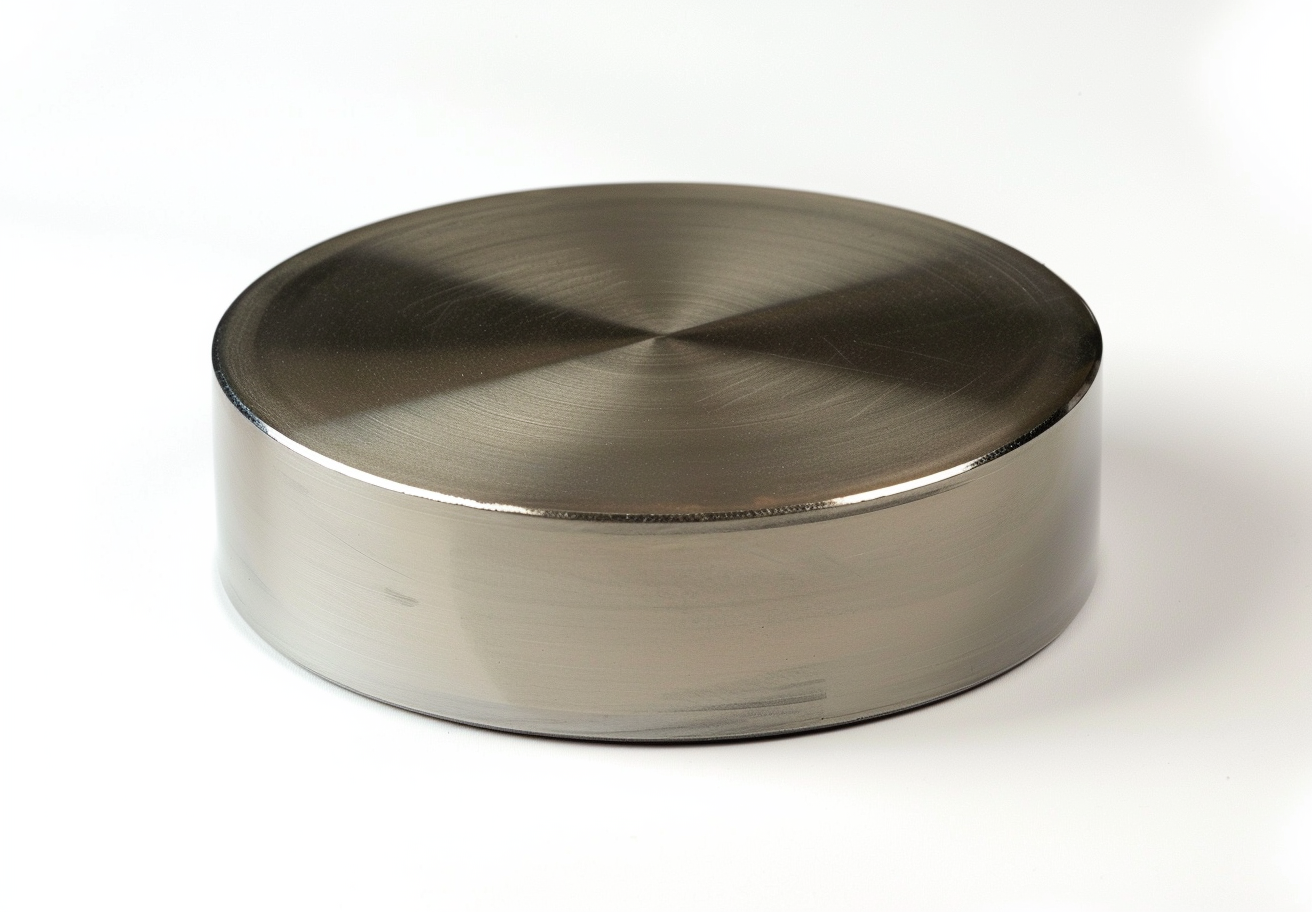Thermal Spraying Coating Processes
Thermal spraying is employed in a variety of coating techniques, including plasma spraying, HVOF spraying, arc spraying and flame spraying. These techniques are also termed metallisation spraying.
Flame spraying (particle velocity range: 300-800 fps)
Combustible gas is burnt with oxygen to continuously melt a feed of wire, powder or rods (temperature up to 4 600-5 200°F). Air is directed around the flame, thereby atomising the molten material into fine spherical particles and propelling them at high speed onto the substrate.
Arc spraying (particle velocity: 500-1000 fps)
Two metallic, conductive wires are electrically charged with opposing polarity using a high-voltage arc. Inert gas (temperature up to 10 000-12 000°F) is injected to atomise the material and propel it onto the substrate to form a coating. This method requires a coating material with a melting point below 10 000°F.
Plasma spraying (particle velocity: 800-1800 fps)
Before the invention of the HVOF system, plasma guns were frequently used to increase the velocity of material particles. During plasma spraying, the material is introduced into the plasma jet that issues from a plasma burner. It is melted in the jet (temperature up to 30 000°F), propelled onto a substrate and forms a coating. Nearly all materials with a melting point below 30 000°F can be sprayed using this technique.
HVOF spraying (particle velocity range: 2400-3200 fps)
High-Velocity Oxygen-Fuel (HVOF) spraying is a method in which molten particles are propelled onto the working surface. Controlled combustion of fuel (liquid or gaseous) in an oxygen-rich chamber produces combustion gases at high temperatures (up to 6 500°F). The combustion process produces a rapidly expanding gas in the chamber, consequently leading to a very high gas velocity. Advantages of the HVOF coating are high adhesion strength; enhanced corrosion resistance; a smooth surface with minimal porosity; and coatings with hardness exceeding HV 1000.

 Bars
Bars
 Beads & Spheres
Beads & Spheres
 Bolts & Nuts
Bolts & Nuts
 Crucibles
Crucibles
 Discs
Discs
 Fibers & Fabrics
Fibers & Fabrics
 Films
Films
 Flake
Flake
 Foams
Foams
 Foil
Foil
 Granules
Granules
 Honeycombs
Honeycombs
 Ink
Ink
 Laminate
Laminate
 Lumps
Lumps
 Meshes
Meshes
 Metallised Film
Metallised Film
 Plate
Plate
 Powders
Powders
 Rod
Rod
 Sheets
Sheets
 Single Crystals
Single Crystals
 Sputtering Target
Sputtering Target
 Tubes
Tubes
 Washer
Washer
 Wires
Wires
 Converters & Calculators
Converters & Calculators
 Write for Us
Write for Us
 Chin Trento
Chin Trento



